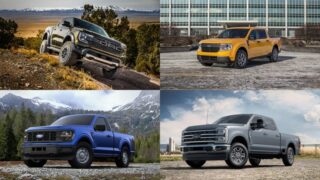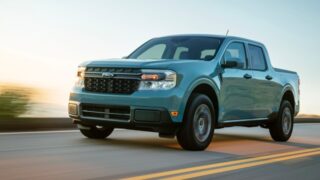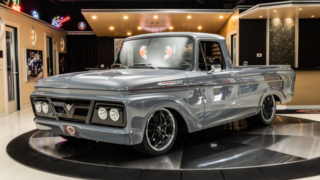Putting on the Brakes (Part One)
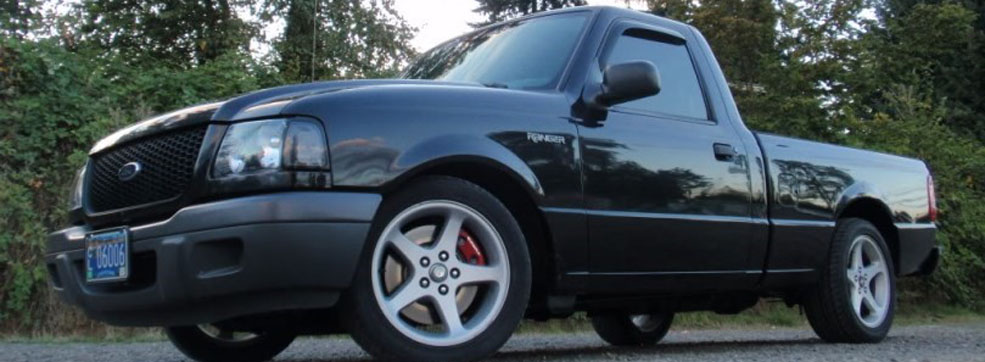
If there is one critical area you should never skimp out on, it’s your brake system. You depend on this to not only prepare for corners but for emergency stops so there is no reason you shouldn’t use quality components on this system.
We’re going to go over the components of the typical brake system from brake pedal to caliper and more. We’ll dive deeper in another article on each later, but for now here are some parts you need to know about and a brief on how they work.
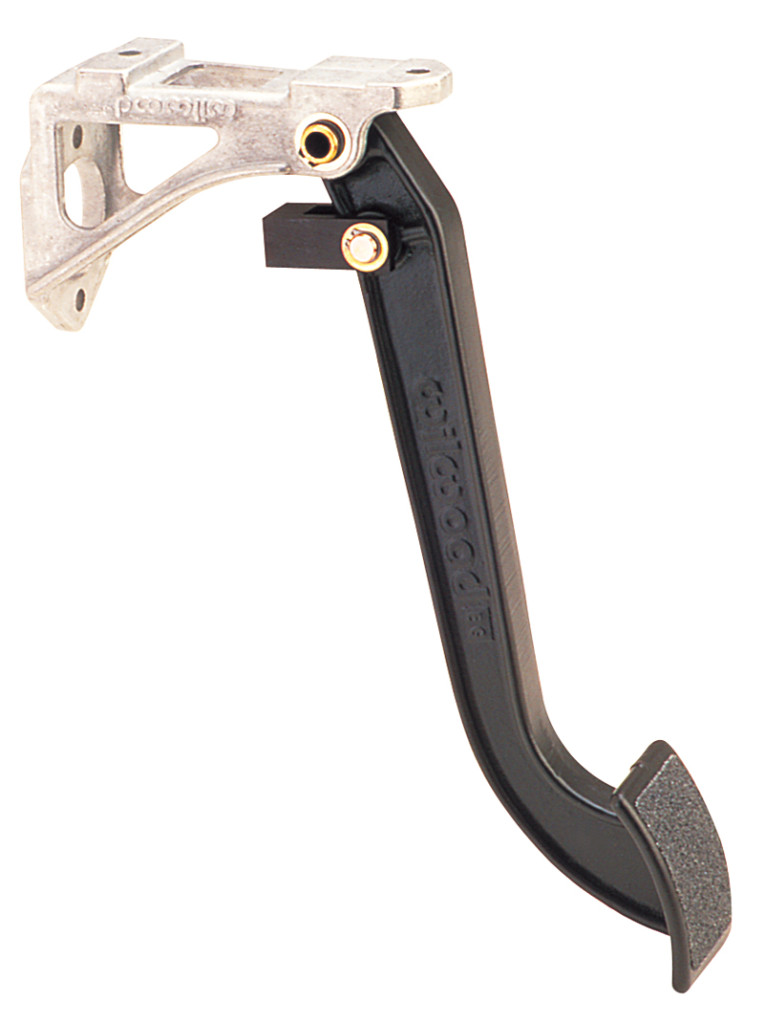
Brake Pedal – You don’t think much about it thanks to modern brake systems and boosters, but that pedal is the lever you use to push against the master cylinder and it’s length, pivot, and where the master cylinder plunger connects to it are very important on the force you apply to the hydraulic system of your brakes.
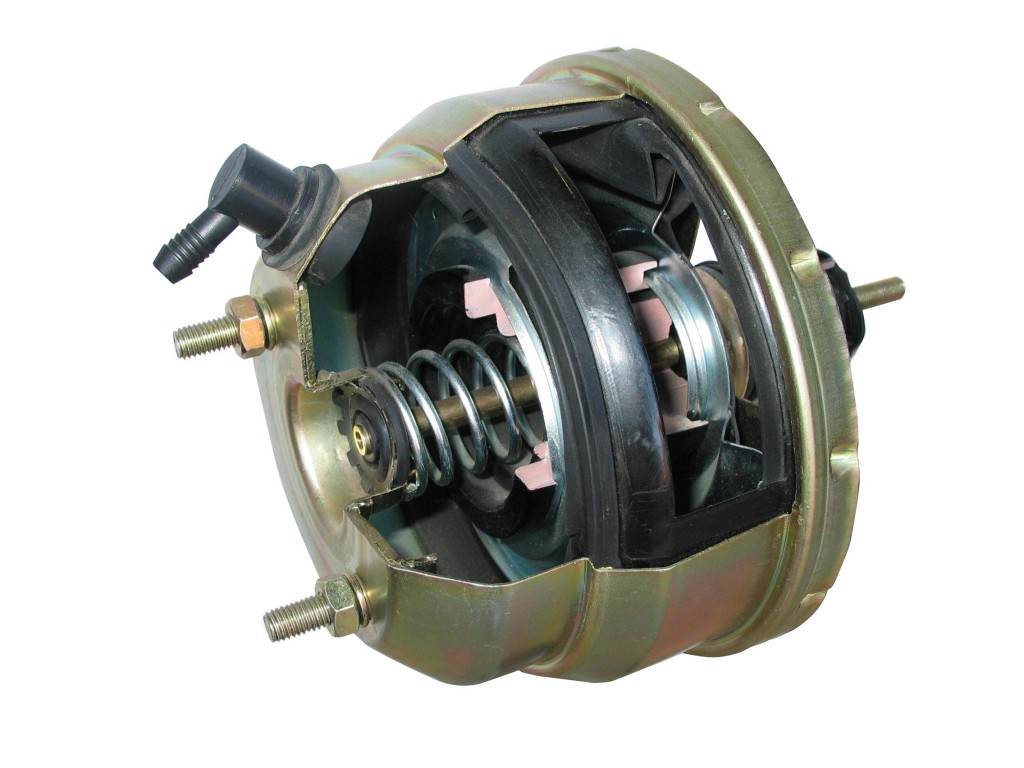
Brake Booster – When we first started with brake systems, all brakes were manual and it took a lot of effort to bring a vehicle to a stop.
While most racecars and trucks will still utilize a manual brake system your Ford uses either a vacuum assist booster or a hydraulic assist booster that uses the fluid pressure from your power steering or a separate hydraulic pump on its own circuit.
If this fails, you will still have brakes but the effort will increase along with your stopping distance.
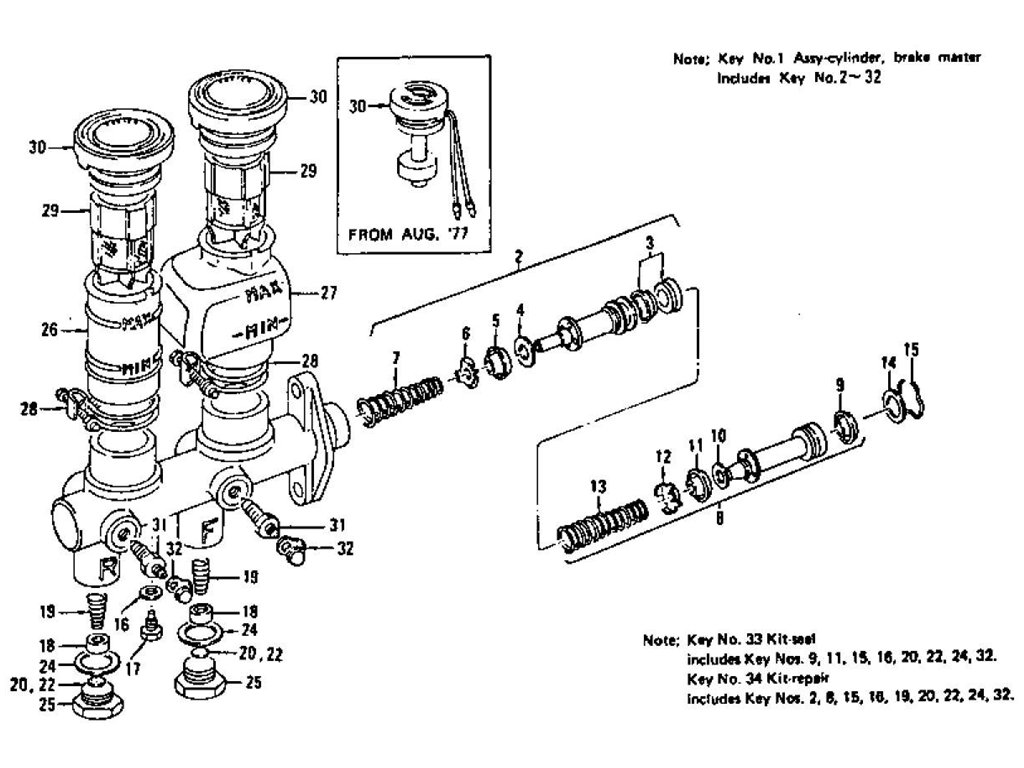
Master Cylinder – This is cylinder that forces brake fluid into the calipers and drums of your brake system. While it is one piece, it is designed to be two separate circuits that way if one fails you still have a way to stop.
For increased pressure in the system you actually step down the size of the master cylinder. However, if you need more volume, then you step up the master cylinder bore size.Things to consider when you are sizing your master cylinder are piston area and volume of your calipers, brake pedal ratio, and if you are running a booster or not.
Brake Lines – Brake lines transfer the hydraulic pressure from your master cylinder to your brake calipers or drums. They will start out as hard lines from the master cylinder and anywhere you need flex will be a pliable line.
Those lines will either be high-pressure rubber line as in most OEM applications to steel braided lines for high performance applications.
Take a brake break in the forum.>>
Up next….Putting on the Brakes (Part Two)

